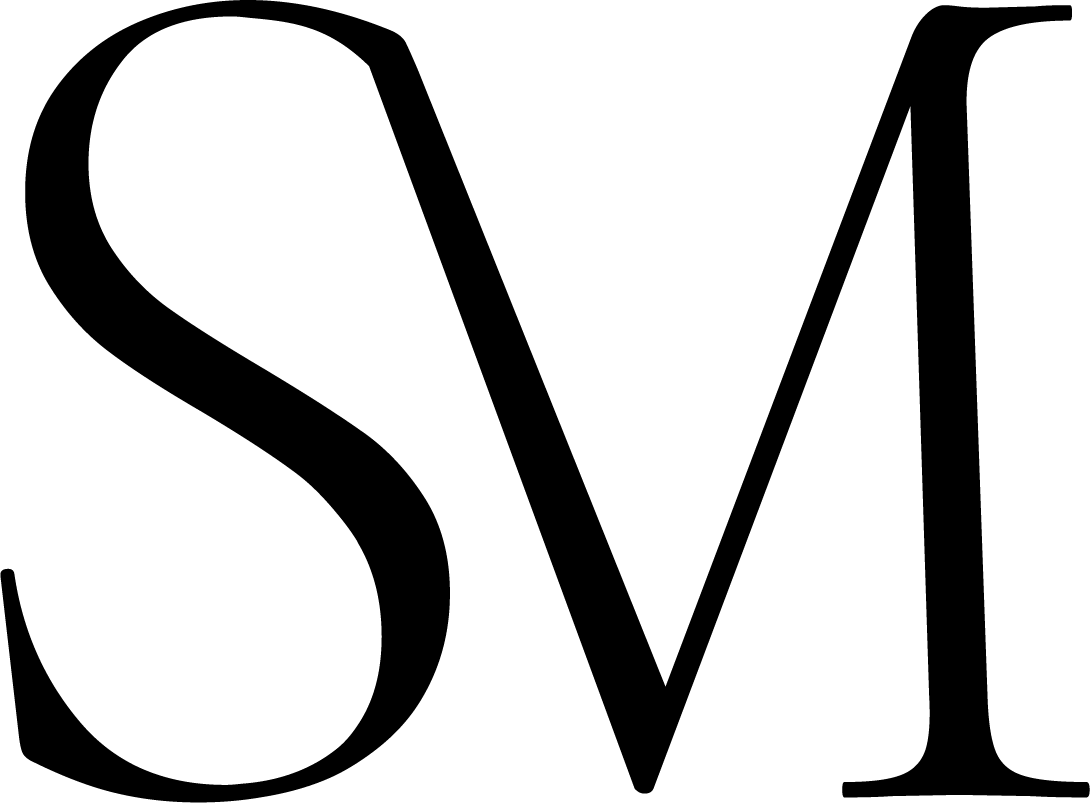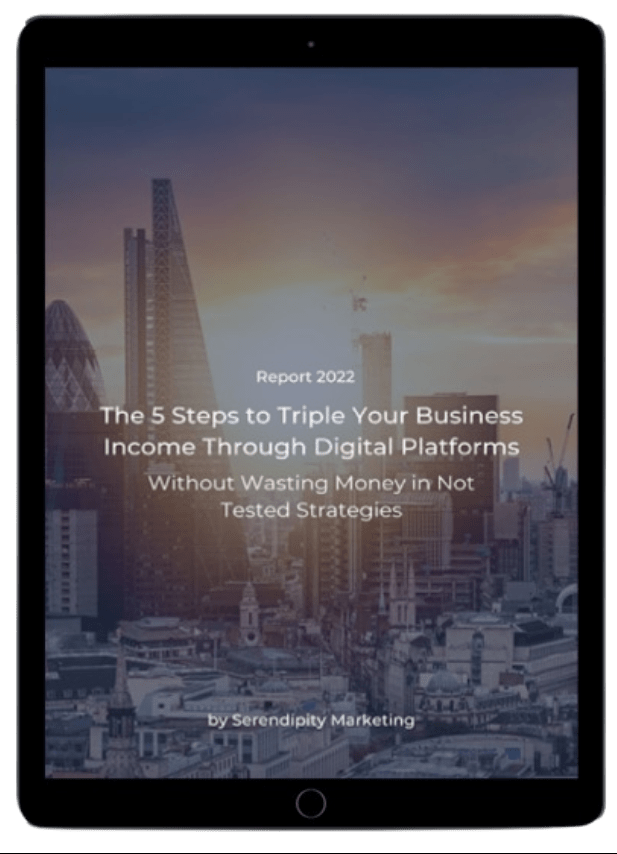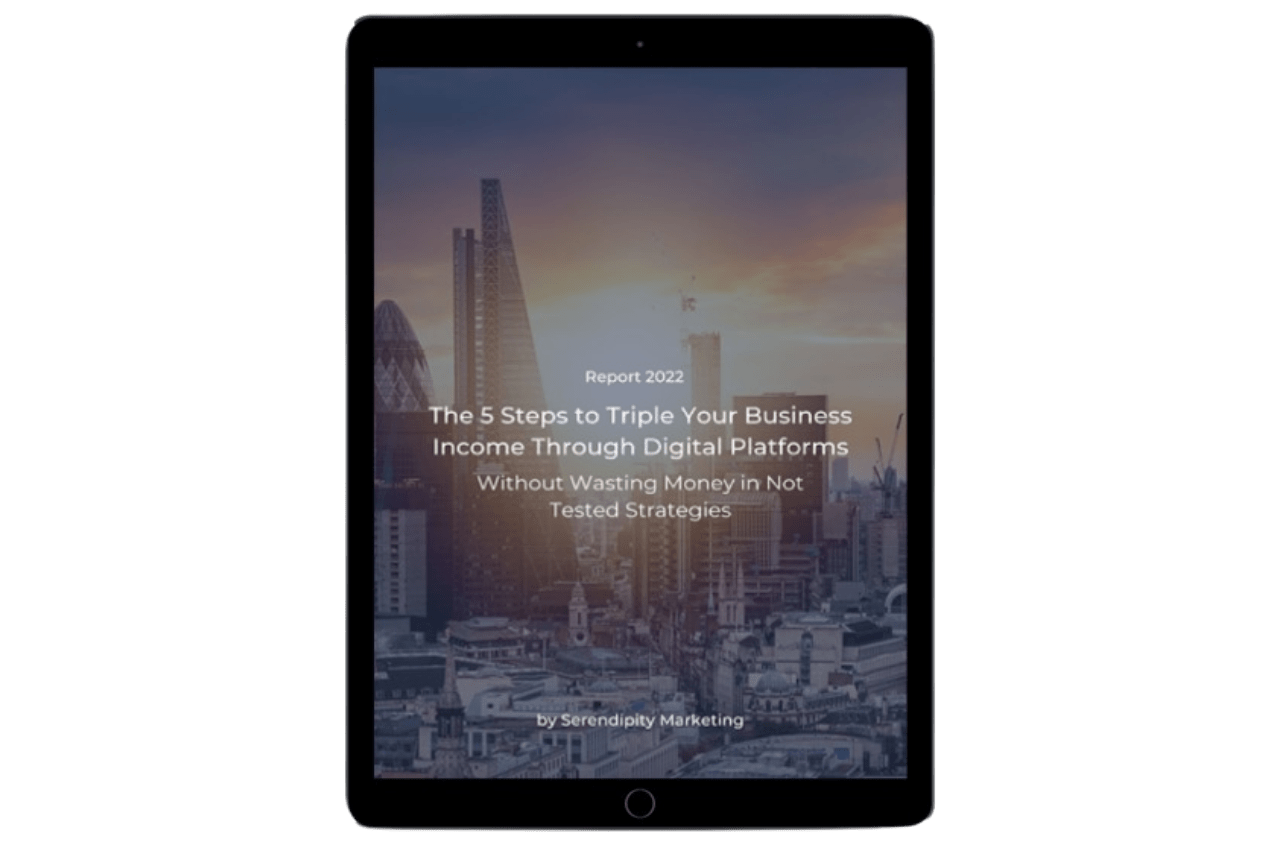LinkedIn represents the best platform for B2B, and this is something that probably most people know. But, despite this, getting B2B leads on LinkedIn does not seem that easy.
Why is that?
Truth is that most people just seek connections and send a pitch message straight away. It’s like asking someone who doesn’t know you to marry you in the first message you send them. What response would you expect?
In this article, we are going to break down for you how to generate more followers, and turn those business connections into leads and customers on LinkedIn.
Hi there, and welcome back to Serendipity Marketing. We're a digital marketing agency with a mission to help small businesses grow by applying psychology to their marketing strategies.
Before we get started, please go ahead and follow us on LinkedIn, Facebook, or Instagram.
Difference between LinkedIn B2B and B2C
You can, in theory, use LinkedIn for both B2B and B2C.
Selling B2C includes lower price points, shorter sales cycles, fewer decision-makers, and selling directly to the consumer.
95% of your sales would typically happen on your site or platform or in sales and you usually don't have too much interaction with people.
Selling on B2B is a little bit different.
It's wholesale, distributions, large chain retailers, selling to organizations, a much longer sales cycle, higher price points, and typically more than 80% of the time, you're going to be having to go through salespeople.
Now, granted, LinkedIn works for B2C, but it's more effective in B2B, and in general, it's just a really public social network that everyone should be using.
So, let's take a first look at the typical B2B model.
Typical B2B model
Well, in business to business, you know, they could buy on your website, which is a fraction of the people.
But in most cases, you're going to get a lead that turns into a discovery call.
If the discovery call is qualified, it then goes into the strategic plan or a presentation.
And then from there, it usually goes into a decision meeting.
There are a lot of steps in between these boxes, but that's usually how it ends up playing out and your sales cycle could be six months, could be one year, it could be two months or three months, or even two weeks, but you'll find that there's a lot of different steps within these boxes, and the longer the sales cycle, the more follow-ups the more calls you'll have.
So with your call preparation, you need a goal for you.
Your goal is to receive a lead or confirm an appointment.
You want to match the prospect to the ideal buyer profile. Is a lead, a qualified lead? What's your website? What's your budget? How many employees do they have? How big is that organization? Do they need a product or service that you're offering?
You want to understand their business because that'll help you determine if they're a good fit or not.
Then the goal for the prospect.
They need to know what's in it for them, and what benefits them by working with you.
Then you have your homework. In essence, your reps need to cancel bad or fake leads cause you're going to get them.
It doesn’t matter the industry you are in, you always get bad or fake leads. And you want to make sure you're going through all the leads to make sure they're high quality and you're focusing your time on the people that are super qualified that you shouldn't be closing.
So, the discovery call.
Discovery call
What's your goal for the discovery call? Well, it should be that you want to get to know them on a personal level.
You want to understand what products they're interested in, what issues and problems they have, and how you can help solve them.
The goal for the prospect is to understand their own problem because if they don't understand their own problem, then you're going to have a bad first call cause they're not going to really know how you can help them.
And usually, companies don't have issues with that, but you want to just really emphasize what problem they have and just double-check with them and make sure you have the correct one because if it's wrong, then throughout the next steps, you're going to be wasting your time.
You want to be making sure that you teach them about the solutions you have to offer and how they can help with their problems.
And then the homework assignment is usually at the end of that discovery call.
You want to give them a questionnaire to them that they fill out so you can better help them.
And you want to start developing the next steps, which would be a call within seven days or a week or two to review everything that you've learned for the strategic plan.
And with the strategic plan, your goal should be to demonstrate the business case and the cost for the products and the services that you're selling.
You want to show them step by step, how you can work together to eliminate objections.
You want to create a sense of urgency by wowing them and showing them how if they don't move forward, they're losing time, they're losing money, and they have to end up doing waste of cycles.
So in that way, they don't just need your solution, but they need your solution today. Because if there's no sense of urgency, they can just move forward a year or two from now.
And when they think they can do it in a year from now, chances are they'll forget about it within that year and never call you back.
The goal for them is to gain an understanding of what the spending is going to be and what is the exact results I get from spending that.
As for a homework assignment, you want to recap the presentation by emailing them what was discussed, a recording, and any action items.
If you record the presentation, let them know in advance before you record that you are actually recording it. And if there is any way for them to just purchase right then and there without contracts, you can just send them a payment link.
For a lot of people, it ends up being, you send them a contract.
So for our business, once we're done with our strategic plan, we send up a contract right then and there, so that way they have time to review it, which then leads to a decision meeting.
Alright, now before we move on with the next tip on how to get B2B leads on LinkedIn, have you ever thought about how much you should invest in marketing to generate constant business growth? Click the button below to calculate the ideal marketing budget you should allocate for higher visibility, engagement, and profit.
How much should you invest in Digital Marketing?
Decision meeting
And you want to identify and resolve any main objections that they have left.
You should have identified and answered any objections or a lot of the main ones on the strategic plan, but still, what you'll find is, that sometimes people will still have the same objections over and over again.
That means you're not doing a good job explaining the solution.
And if that's the case, try a different way to explain the solution.
You also want to ask for their commitment and identify the next step if they're ready.
The goal for the prospect is to understand the plan and the expected deliverables, what they're exactly going to get, how it's going to work, and the implementation or time, or costs.
And homework assignments would just be onboarding, starting. The start date, figuring out when it's going to happen, and of course, the welcome email or kick-off calls.
So, now that you know how to close B2B leads, the real question is, where do you find them?
How to get B2B leads on LinkedIn
LinkedIn is often an overlooked sales tool when it comes to B2B marketing.
People just think it's a place where you can go and push content, but no, it's an amazing place for lead generation as well and it's great for sales reps.
They have over 690 million users. Almost all B2B prospects can be found on LinkedIn.
You can check out the Sales Navigator from LinkedIn and it's a great way to help you find your target audience.
You can look up things like keywords, the position that the person's in, like their title, like a VP of marketing or CEO, or CMO, or COO, the industry they're in, their interests, their groups.
This will all give you data and you can use this data to tie it into your CRM and then start shooting them off emails and messages like
"Hey, John. I'm looking to expand my network of marketing professionals. Would you be open to connecting?"
It sounds simple, but a lot of people will accept that.
Try that out, and copy us.
You don't have to come up with anything new. Just use whatever's already working for us.
Build real relationships
In sales in general, and in B2B even more, everything is relationship-based.
Leads take a while to close.
Whether it's 90 days or 120 days, don't be short-sighted.
Focus on the long run, and help people out.
And if you want to stay and connect with them and you want to be top of mind, your profile is super important, from your headshots that we already discussed to writing well thought out descriptions, to bringing down your skills, your endorsements, and your education.
All of that is super important and if you don't do this right, it's going to be harder to close these deals.
Getting B2B leads on LinkedIn takes some time as it’s all about creating a good database of connections and providing them with valuable information while leveraging your authority.
This way, they will keep you more and more in mind and will perceive you as a trustworthy authority in the field and come to you asking for questions and support.
At that point, just focus on providing help, don’t go straight for the sale.
Show them that you are truly interested in knowing more about them and to help rather than just selling.
That’s how you stand out from all the rest of the people on LinkedIn. And that’s how you’ll build a stronger relationship with them based on trust and genuine help.
And these are the best ingredients to generate interest in working with you, which ultimately will make it so much easier to close the deal when you’re going through the discovery call and decision meeting.
At that point, it won’t be so much about convincing them that you are the right solution for them.
They will already trust your judgment and authority and will just look for the best way to work together. It will be just about deciding the terms as deeper inside they have already decided that they want to work with you.
And here comes a question; how can we be so sure that it will be this easier?
We know that when someone comes to you for information, they are probably speaking with other 3 or 4 businesses offering similar solutions.
But well, when most of the competition drive prospects to have calls without creating a relationship with them, if you use this approach, you already stand out from the rest.
That’s why prospects will yes have a plan B and C, but they will consider you as their plan A.
So, you’re already starting ahead of your competition, which makes it so much easier to close a deal. And this surely makes it the best strategy to get B2B leads on LinkedIn.
If you need help with getting B2B leads on LinkedIn to grow your business in terms of visibility, engagement, and profit, contact us today and speak with one of our digital marketing experts to see how we can build the bridge between the point you’re standing at right now and your goals.



